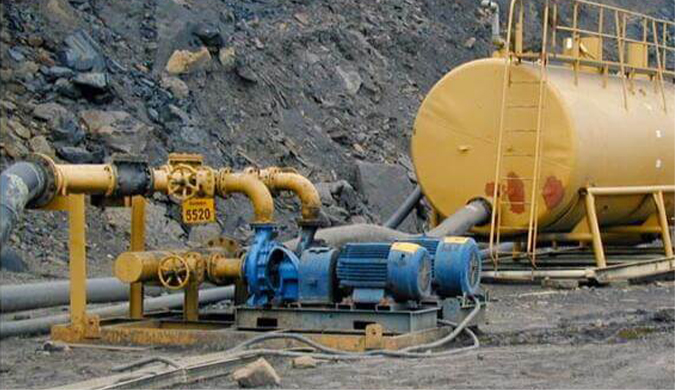Khmer
- Afrikaans
- Albanian
- Amharic
- Arabic
- Armenian
- Azerbaijani
- Basque
- Belarusian
- Bengali
- Bosnian
- Bulgarian
- Catalan
- Cebuano
- Corsican
- Croatian
- Czech
- Danish
- Dutch
- English
- Esperanto
- Estonian
- Finnish
- French
- Frisian
- Galician
- Georgian
- German
- Greek
- Gujarati
- Haitian Creole
- hausa
- hawaiian
- Hebrew
- Hindi
- Miao
- Hungarian
- Icelandic
- igbo
- Indonesian
- irish
- Italian
- Japanese
- Javanese
- Kannada
- kazakh
- Khmer
- Rwandese
- Korean
- Kurdish
- Kyrgyz
- Lao
- Latin
- Latvian
- Lithuanian
- Luxembourgish
- Macedonian
- Malgashi
- Malay
- Malayalam
- Maltese
- Maori
- Marathi
- Mongolian
- Myanmar
- Nepali
- Norwegian
- Norwegian
- Occitan
- Pashto
- Persian
- Polish
- Portuguese
- Punjabi
- Romanian
- Russian
- Samoan
- Scottish Gaelic
- Serbian
- Sesotho
- Shona
- Sindhi
- Sinhala
- Slovak
- Slovenian
- Somali
- Spanish
- Sundanese
- Swahili
- Swedish
- Tagalog
- Tajik
- Tamil
- Tatar
- Telugu
- Thai
- Turkish
- Turkmen
- Ukrainian
- Urdu
- Uighur
- Uzbek
- Vietnamese
- Welsh
- Bantu
- Yiddish
- Yoruba
- Zulu
Telephone: +86 13120555503
Email: frank@cypump.com
ធ្នូ . 24, 2024 17:02 Back to list
basement sewage pump system
Understanding Basement Sewage Pump Systems
Basement sewage pump systems are essential for homeowners, particularly those with below-ground living spaces, to manage wastewater efficiently and prevent flooding. These systems are designed to pump sewage and wastewater from homes to the main sewer line or a septic tank when gravity drainage is not feasible. Understanding how these systems work, their components, and maintenance requirements can help homeowners make informed decisions when it comes to installation and upkeep.
Components of a Basement Sewage Pump System
A typical basement sewage pump system consists of several key components
1. Sewage Pump The heart of the system, the sewage pump is responsible for transporting wastewater. These pumps are robust and are capable of handling solids, making them ideal for sewage applications. They come in various sizes and capacities, allowing homeowners to choose a model that best fits their specific needs.
2. Pump Basin This is a storage tank, often buried in the ground, where wastewater collects before being pumped out. The basin is designed to be watertight to prevent any leaks and minimize odors. Its size depends on the volume of wastewater expected from the household.
3. Discharge Pipe This pipe channels the wastewater from the pump to the main sewer line or septic system. It must have a sufficient diameter to handle the flow without clogging and a slope that allows gravity to assist in the discharge process.
4. Check Valve A crucial component, the check valve prevents wastewater from flowing back into the basin after it has been pumped out. This ensures that the system operates efficiently and helps avoid any potential overflow issues.
5. Control Panel Most sewage pump systems come with a control panel that allows for operation monitoring. It typically includes automatic switches that activate the pump when the water level in the basin rises to a certain point.
How It Works
When wastewater from the basement sinks, toilets, and other plumbing fixtures drains into the pump basin, it collects until the water reaches a predetermined level. At this point, the float switch in the control panel activates the sewage pump, which begins to expel the water through the discharge pipe into the sewer line or septic tank.
basement sewage pump system

The entire process is usually automatic, ensuring that wastewater is promptly removed and preventing accumulation that could lead to unpleasant odors or even flooding. This is especially important in areas prone to heavy rainfall or where the property is located below the level of the municipal sewer line.
Importance of Maintenance
Regular maintenance of a basement sewage pump system is crucial to ensure its efficiency and longevity. Here are a few tips for maintaining a sewage pump system
1. Regular Inspection Homeowners should visually inspect the system at least twice a year. Look for signs of wear, corrosion, or any unusual noises from the pump.
2. Clean the Basin Over time, solids can accumulate in the pump basin. Silt or debris should be cleaned out periodically to prevent clogs.
3. Test the Pump Regularly testing the pump by pouring water into the basin to see if it activates can help catch issues before they become major problems.
4. Check the Float Switch Ensure that the float switch moves freely and is not obstructed. A malfunctioning switch can prevent the pump from operating as it should.
5. Professional Maintenance Consider having a plumbing professional service the system every few years. They can perform a thorough check and address any underlying issues that may not be obvious to the homeowner.
Conclusion
A properly functioning basement sewage pump system is vital for preventing water damage and ensuring sanitary conditions in the home. By understanding the system's components, operational mechanics, and maintenance requirements, homeowners can safeguard their properties against sewage-related problems. Investing time into regular checks and maintenance not only prolongs the life of the system but also provides peace of mind that one of the essential systems in the home is performing as expected.
-
ISG Series Vertical Pipeline Pump - Chi Yuan Pumps Co., LTD.|High Efficiency, Energy Saving, Low Noise
NewsJul.30,2025
-
ISG Series Vertical Pipeline Pump- Chi Yuan Pumps|High Efficiency&Low Noise
NewsJul.30,2025
-
ISG Series Vertical Pipeline Pump-Chi Yuan Pumps Co., LTD.|High Efficiency&Energy Conservation
NewsJul.30,2025
-
ISG Series Vertical Pipeline Pump - Chi Yuan Pumps Co., LTD.|Advanced Hydraulic Design&Energy-Efficient Solutions
NewsJul.30,2025
-
ISG Series Vertical Pipeline Pump - Chi Yuan Pumps Co., LTD.
NewsJul.30,2025
-
ISG Series Vertical Pipeline Pump - Chi Yuan Pumps Co., LTD.|energy-efficient fluid handling&industrial durability
NewsJul.30,2025










